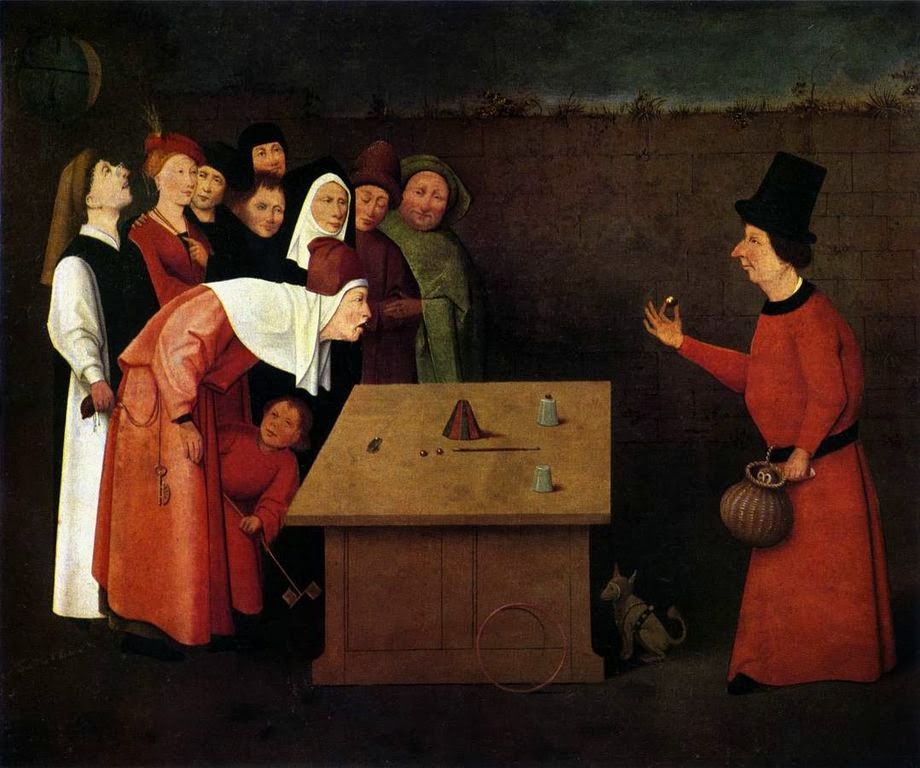What are the options when older persons can no longer live independently at home and need long term care? Many would say nursing home care. However, over the past decades, several alternative options to nursing home care have emerged.
One alternative to nursing home care is PACE -The Program for All-Inclusive Care of the Elderly. Based on the On Lok Modeldeveloped in San Francisco, PACE provides a comprehensive set of medical and social services that are managed by interdisciplinary teams based in adult day health centers. These services make it possible for most PACE patients to stay at home. PACE is only available in regions that have PACE centers.
Another option, available in almost states are Medicaid waiver programs in which elders are provided a case manager who organize the provision of inhome personal and supportive services. These services are aimed at keeping the elder at home. Resources that would otherwise go towards nursing home care support these services.
Given the enormous resources spent on long term care, and its importance to well being in the frail elderly, you would think there would be a multitude of studies to determine which types of long term care result in the best outcomes. Amazingly, there are very few studies, and we know virtually nothing about the impact of different long term care choices.
This makes the recent study by Wieland, published in July issue of the Journal of Gerontology, very timely. Wieland compared survival over 5-years in South Carolina frail elders who enrolled in each of the 3 options: Nursing home, PACE, or the waiver program. In South Carolina, patients enrolling in any of these programs were required to undergo a common evaluation process to assure they met criteria for nursing home placement. This made it possible to do this study, as it assured all elders could have been enrolled in any of the 3 options, and it made a common baseline data collection on all elders possible.
One issue with this type of comparison is that it is possible sicker higher risk elders will selectively enter one of the programs. If this were the case, elders in that program could appear to do worse simply because they started out sicker. An innovative aspect of this study was the approach to adjusting for this possibility. Wieland used a prognostic indexdeveloped by Palliative Care physician Elise Careyto control for baseline risk.
The main intiguing finding of this study: Elders enrolled in PACE had better survival. This advantage was most pronounced in medium and high risk patients. In elders with medium risk Carey scores, median survival was 2.8 years in those enrolled in nursing homes, 3.4 years in the waiver program, and 4.7 years in PACE. In elders with the highest risk Carey scores, survival was 1.4 years in nursing homes, 2.0 years in the waiver program, and 3.0 years in PACE.
So, at a minimum, this study suggests that providing supportive social and medical services makes it possible for elders who would otherwise need nursing homes to stay at home. Further, there is an intriguing possibility that innovative programs like PACE might improve survival. Unique aspects of PACE include the complete integration of medical and social care, and active management by a highly multidisciplinary team. The novel use of adult day health as the centerpiece of these programs, and the integration of the multidisciplinary teams into the day health centers means that the typical PACE enrollee is followed very intensively.
Of course, no single study of this sort can be definitive. It is possible that other unmeasured medical and social characteristics of elders in these programs explain survival differences rather than differences in the care provided by the programs. It will take additional studies and evidence from multiple sources before we can clearly know if different long term care approaches have an impact on health outcomes. The Wieland study is a crucial start in assembling this evidence base.
by: [ken covinsky]


